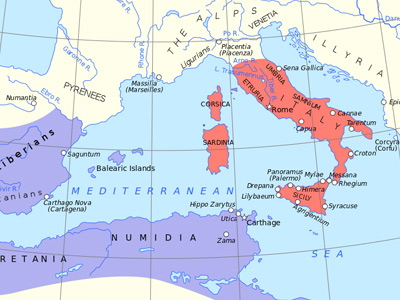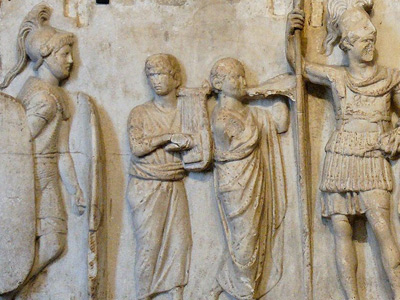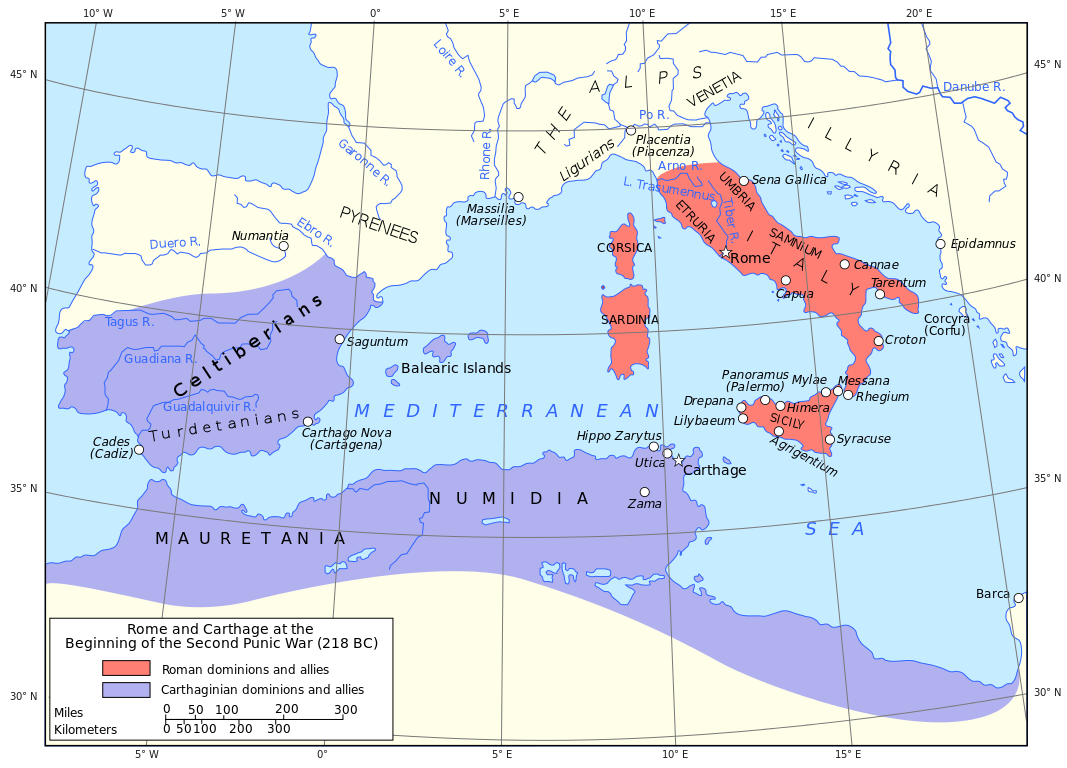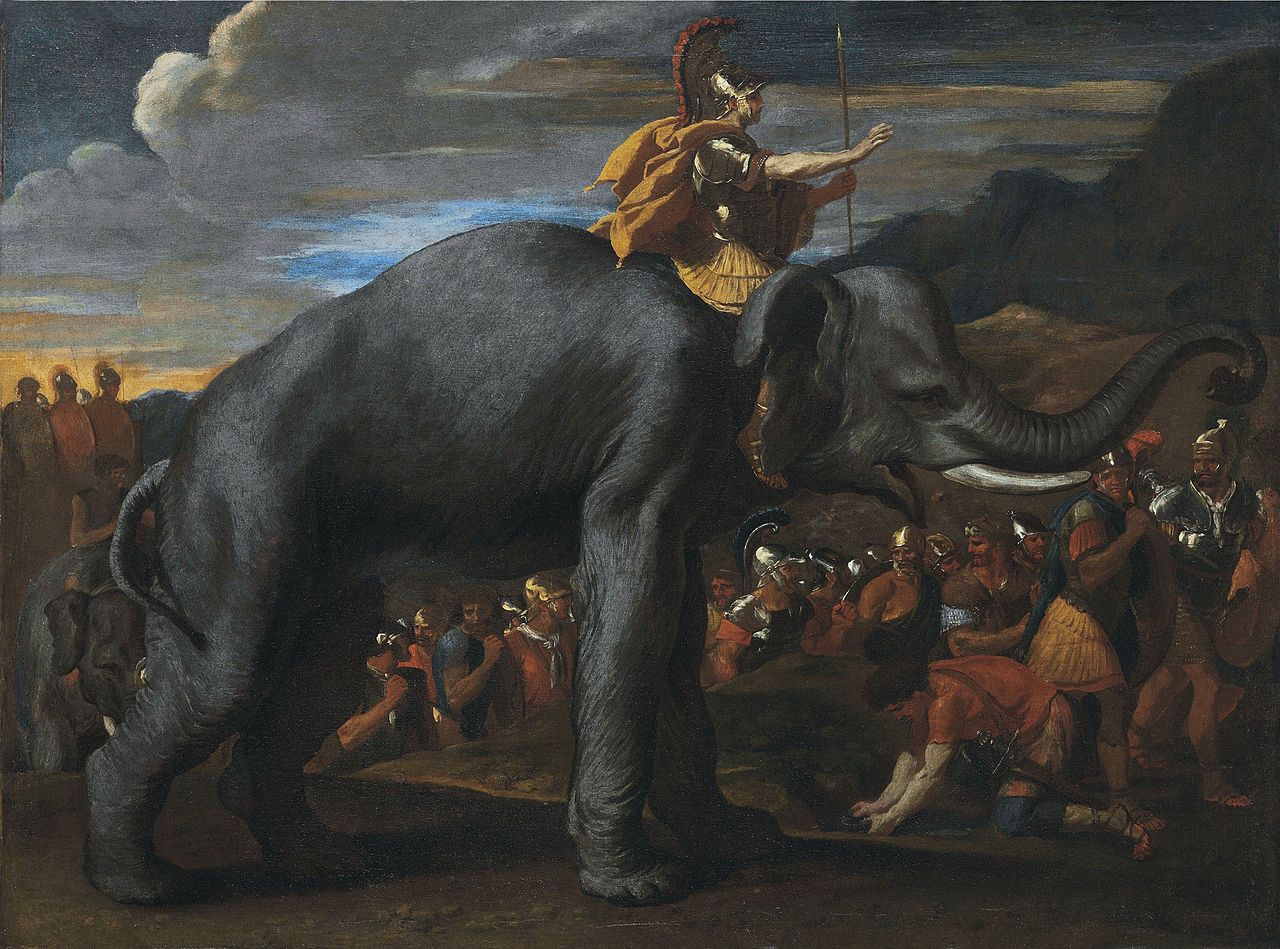Second Punic War (218-201 BC)
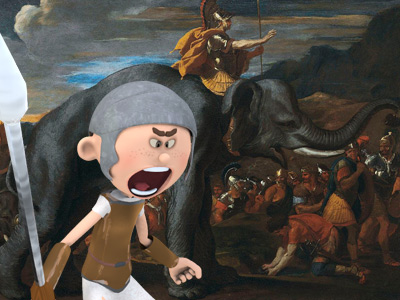
Aftermath
Carthage lost Hispania forever and Rome firmly established her power there over large areas. Rome imposed a war indemnity of 10,000 talents (300 tonnes / 660,000 pounds), limited the Carthaginian navy to 10 ships (to ward off pirates), and forbade Carthage from raising an army without Roman The Roman Republic was a form of government of Rome and the era of the classical Roman civilization when it was run through public representation of the Roman people. Beginning with the overthrow of the Roman Kingdom (traditionally dated to 509 BC) and ending in 27 BC with the establishment of the Roman Empire, Rome's control rapidly expanded during this period - from the city's immediate surroundings to hegemony over the entire Mediterranean world. permission. The Numidians took the opportunity to capture and plunder Carthaginian territory. Half a century later, when Carthage raised an army to defend itself from these incursions, Rome destroyed her in the Third Punic War (149–146 BC). Rome, on the other hand, by her victory, had taken a key step towards what ultimately became her domination of the Mediterranean world.
The Roman Republic was a form of government of Rome and the era of the classical Roman civilization when it was run through public representation of the Roman people. Beginning with the overthrow of the Roman Kingdom (traditionally dated to 509 BC) and ending in 27 BC with the establishment of the Roman Empire, Rome's control rapidly expanded during this period - from the city's immediate surroundings to hegemony over the entire Mediterranean world. permission. The Numidians took the opportunity to capture and plunder Carthaginian territory. Half a century later, when Carthage raised an army to defend itself from these incursions, Rome destroyed her in the Third Punic War (149–146 BC). Rome, on the other hand, by her victory, had taken a key step towards what ultimately became her domination of the Mediterranean world.
The end of the war did not meet with a universal welcome in Rome. When the Senate decreed upon a peace treaty with Carthage, Quintus Caecilius Metellus, a former consul, said he did not look upon the termination of the war as a blessing to Rome, since he feared that the Roman people would now sink back again into its former slumbers, from which it had been roused by the presence of Hannibal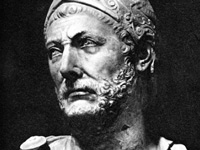 Hannibal Barca (247-183 BC), was a Carthaginian general, considered one of the greatest military commanders in history. Hannibal lived during a period of great tension in the western Mediterranean Basin, when the Roman Republic established its supremacy over other great powers such as ancient Carthage. One of his most famous achievements was at the outbreak of the Second Punic War, when he marched an army which included war elephants from Iberia over the Pyrenees and the Alps into Italy. Hannibal Barca ». Others, most notably Cato the Elder, feared that if Carthage was not completely destroyed it would soon regain its power and pose new threats to Rome; he pressed for harsher peace-conditions. Even after the peace, Cato insisted on the destruction of Carthage, ending all his speeches with "Carthage must be destroyed", even if they had nothing to do with Carthage.
Hannibal Barca (247-183 BC), was a Carthaginian general, considered one of the greatest military commanders in history. Hannibal lived during a period of great tension in the western Mediterranean Basin, when the Roman Republic established its supremacy over other great powers such as ancient Carthage. One of his most famous achievements was at the outbreak of the Second Punic War, when he marched an army which included war elephants from Iberia over the Pyrenees and the Alps into Italy. Hannibal Barca ». Others, most notably Cato the Elder, feared that if Carthage was not completely destroyed it would soon regain its power and pose new threats to Rome; he pressed for harsher peace-conditions. Even after the peace, Cato insisted on the destruction of Carthage, ending all his speeches with "Carthage must be destroyed", even if they had nothing to do with Carthage.
Archaeology has discovered that the famous circular military harbour at Carthage, the Cothon, received a significant buildup during or after this war. Though shielded from external sight, it could house and quickly deploy about 200 triremes. This appears a surprising development as, after the war, one of the terms of surrender restricted the Carthaginian fleet to only ten triremes. One possible explanation: as has been pointed out for other Phoenician cities, privateers with warships played a significant role besides trade, even when the Roman Empire was fully established and officially controlled all coasts. In this case it is not clear whether the treaty included private warships. The only reference to Carthaginian privateers comes from the First Punic War: one such privateer, Hanno the Rhodian, owned a quinquereme (faster than the serial production models that the Romans had copied), manned with about 500 men and then among the heaviest warships in use.
Later pirates in Roman waters are all reported with much smaller vessels, which could outrun naval vessels, but operated with lower personnel costs. Thus piracy was probably highly developed in Carthage and the state did not have a monopoly of military forces. Pirates probably played an important role in capturing slaves, one of the most profitable trade-goods, but merchant ships with tradeable goods and a crew were also their targets. No surviving source reports the fate of Carthaginian privateers in the periods between and after the Punic Wars.
Hannibal became a businessman for several years and later enjoyed a leadership role in Carthage. However, the Carthaginian nobility, upset by his policy of democratization and his struggle against corruption, persuaded the Romans to force him into exile in Asia Minor, where he again led armies against the Romans and their allies on the battlefield. He eventually committed suicide (ca 182 BC) to avoid capture.
Related Articles
First Punic War (264-241 BC)
The first of three wars fought between Ancient Carthage and the Roman Republic. For more than 20 years, the two powers struggled for supremacy, primarily on the Mediterranean island of Sicily and its surrounding waters, and also in North Africa. View First Punic War (264-241 BC) »
Second Punic War (218-201 BC)
The Second Punic War, also referred to as The Hannibalic War and (by the Romans) the War Against Hannibal, lasted from 218 to 201 BC and involved combatants in the western and eastern Mediterranean. View Second Punic War (218-201 BC) »
Third Punic War (149–146 BC)
Was the third and last of the Punic Wars fought between the former Phoenician colony of Carthage and the Roman Republic. This war was a much smaller engagement than the two previous Punic Wars and focused on Tunisia. View Third Punic War (149–146 BC) »
HISTORY
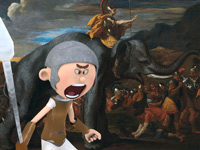
RESOURCES
This article uses material from the Wikipedia article "Second Punic War", which is released under the Creative Commons Attribution-Share-Alike License 3.0.
© Stories Preschool. All Rights Reserved.
